The Big Rise of 8 Mainstream Control Chips for Drones
Time:2023-09-06
Views:721
At the recently concluded CES 2016, major chip manufacturers and equipment manufacturers engaged in an aerial battle, which made drones, an emerging product form, truly popular. The reason for this is that if drones have always been positioned in personal consumer goods applications, their market capacity is actually very limited, and manufacturers‘ enthusiasm for them will not be so high. However, as its demand in other application scenarios such as agriculture and logistics is continuously explored, A frenzy that could sweep the upstream and downstream of the industry naturally followed. The themes related to drones are everywhere on this year‘s CES, and it can be proud to say that domestic companies such as DJI and Yihang have taken the lead with their keen market sense, allowing domestic manufacturers to have a great presence in this market and also have an important say in the industry chain.
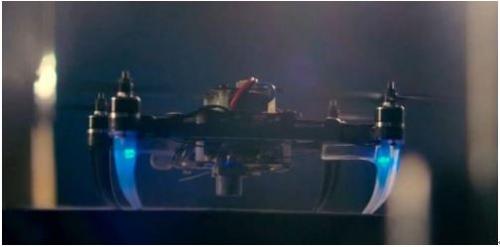
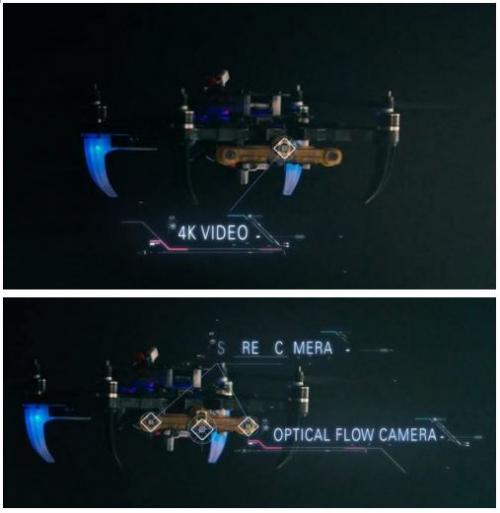
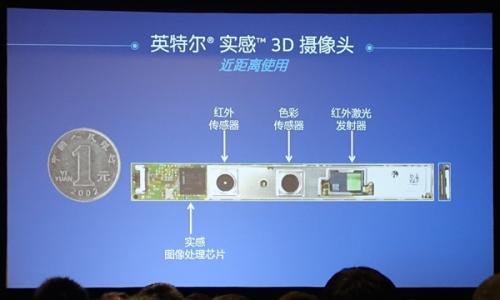
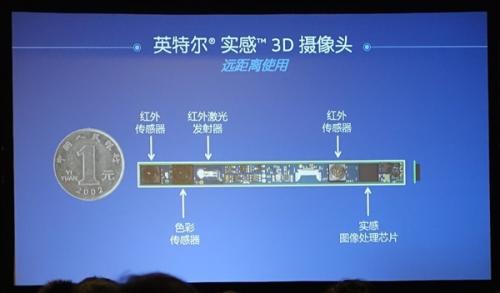
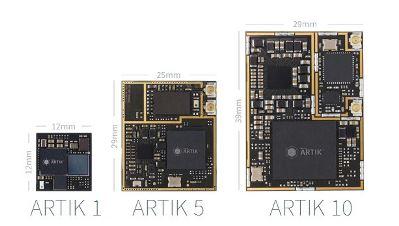
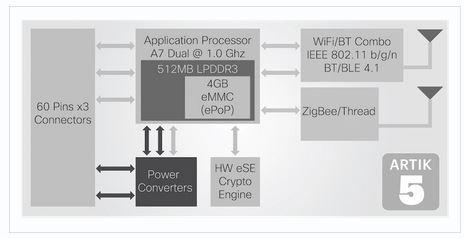
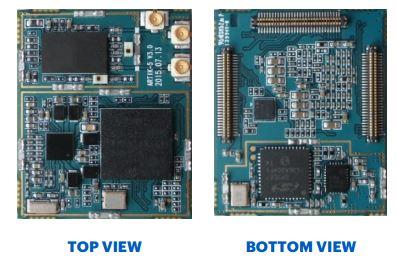
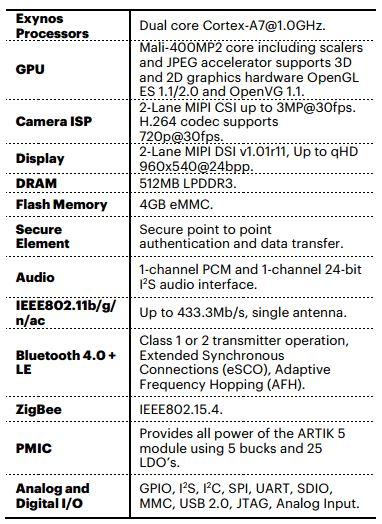
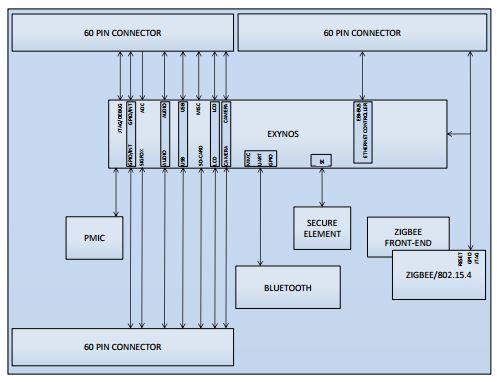
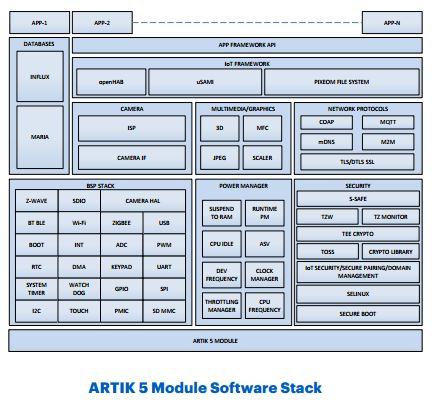
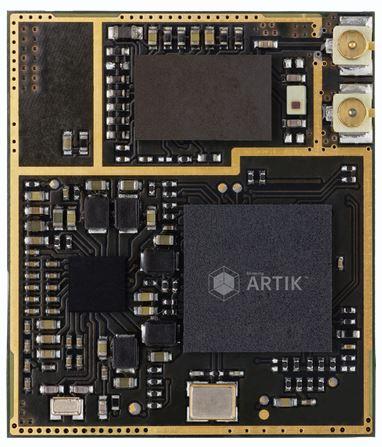
However, the upstream chip suppliers, especially the main control chips, who have surveyed the drone market, are still dominated by European, American, and Korean manufacturers. Together with the non online editor, we have specially reviewed the current eight mainstream drone main control chips for everyone‘s reference:
1. STM32 series of Italian semiconductor
At present, the STM32 series of Italian Semiconductor is a highly adopted drone main control chip in China. In this regard, Italian Semiconductor has a clever approach. It has long sponsored the National College Electronic Design Competition, and the recommended drone project main control chip in the competition is STM32. Once students are familiar with its main control platform, they naturally choose it when they want to work as a drone.
The STM32 series has multiple product series, including STM32 F0/F1/F2/F3/F4/F7/L0/L1/L4, among which the STM32 F4 series is widely used in unmanned aerial vehicles.
The STM32F4 series MCU based on ARM Cortex-M4 adopts the NVM process of Italian semiconductor and the ART accelerator. When executed through flash memory at a working frequency of up to 180 MHz, its processing performance reaches 225 DMIPS/608 CoreMark, which is the highest benchmark test score achieved by all Cortex-M based microcontroller products to date.
Due to the use of dynamic power consumption adjustment function, the current consumption range during flash execution is 89 µ A/MHz in STM32F410 to 260 µ A/MHz in STM32F439.
The STM32F4 series includes eight compatible digital signal controllers (DSC) product lines, which are a perfect combination of MCU real-time control function and DSP signal processing function:
Advanced Collection
• STM32F469/479 – 180 MHz CPU/225 DMIPS, up to 2 MB dual zone flash memory, with SDRAM and QSPI interface, Chrom-ART Accelerator ™、 LCD-TFT controller and MPI-DSI interface
• STM32F429/439 – 180 MHz CPU/225 DMIPS, up to 2MB dual zone flash memory, with SDRAM interface, Chrom-ART Accelerator ™ And LCD-TFT controller
• STM32F427/437 – 180 MHz CPU/225 DMIPS, up to 2 MB dual zone flash memory, with SDRAM interface, Chrom-ART Accelerator ™、 Serial audio interface for higher performance and lower static power consumption
Basic series
STM32F446 – 180 MHz/225 DMIPS, up to 512 KB Flash, with Dual Quad SPI and SDRAM interface
STM32F407/417 – 168 MHz CPU/210 DMIPS, up to 1MB Flash, with added Ethernet MAC and camera interface
STM32F405/415 – 168 MHz CPU/210 DMIPS, up to 1MB Flash, with advanced connectivity and encryption capabilities
Basic series
•STM32F411 – 100 MHz CPU/125 DMIPS, with excellent power efficiency, larger SRAM, and new intelligent DMA, optimized power consumption for data batch processing (dynamic efficiency series using batch collection mode)
•STM32F410 – 100 MHz CPU/125 DMIPS, setting a new milestone for excellent power efficiency performance (89 µ A/MHz and 6 µ A in shutdown mode), adopting a new intelligent DMA, optimizing the power consumption of data batch processing (dynamic efficiency using batch collection mode) ™ Series), equipped with a true random number generator, low-power timer, and DAC
•STM32F401 – 84 MHz CPU/105 DMIPS, the smallest and lowest cost solution with excellent power efficiency (dynamic efficiency series)
2. Qualcomm Snapdragon Flight Platform
On CES2016, Qualcomm Technologies, Tencent, and Zero Degree Intelligent Control, subsidiaries of Qualcomm Incorporated, released and showcased a commercial drone YING based on the Qualcomm Snapdragon Flight platform, which will be launched globally in the first half of 2016.
Snapdragon Flight is a highly optimized 58x40mm development board designed specifically for consumer grade drone and robot applications. Snapdragon Flight includes a Snapdragon 801 SoC (consisting of four cores with a main frequency of 2.26GHz) that supports GPS, 4K video capture, strong connectivity, and advanced drone software and development tools. It has dual channel Wi Fi and Bluetooth modules, supports real-time flight control systems, a Global Navigation Satellite System (GNSS) receiver, supports 4K video processing, and fast charging technology, And all of this is integrated into a motherboard the size of a business card. Bringing cutting-edge mobile technology to create a new level of consumer grade drones.

This chip can lower the average price of a 4K drone from about 7791 yuan to about 1948 2597 yuan, and extend its range from 20 minutes to 45 60 minutes. Does it immediately feel very grounded.

The Snapdragon Flight platform has advanced processing capabilities, relying on Qualcomm Hexagon DSP for real-time flight control, built-in Qualcomm 2x2 Wi Fi and Bluetooth connectivity, and optimized leading global navigation satellite system (GNSS) to support highly accurate positioning. The purpose of Snapdragon Flight platform is to meet the advanced features that drone consumers most want, including:
•4K video - supports 4K high-definition camera, graphics optimization, and video processing functions, as well as synchronous 720p decoding
•Advanced communication and navigation - dual channel 2 * 2 802.11n WiFi, Bluetooth 4.0, and 5Hz GNSS positioning function, as well as real-time flight control based on Hexagon DSP
•Robust camera and sensing -4K stereo VGA, optical flow camera, inertial measurement unit (IMU), pressure sensor, and additional sensor support and ports
•Qualcomm Fast Charging Technology - Supports fast battery charging between videos/images
The Snapdragon 801 processor supports some of the world‘s hottest smartphones, including a 2.26GHz quad core Qualcomm Krait CPU, Qualcomm Adreno 330 GPU, Hexagon DSP, as well as an optional video decoding engine and dual graphics signal processor (ISP).
These functional components form an asynchronous computing platform that supports the development of advanced drone features such as obstacle avoidance and video stability.
3. Intel Atom processor
On CES2016, Intel showcased the Yuneec Typhoon H in the field of unmanned aerial vehicles (UAVs) using Intel‘s realistic technology. The device has collision avoidance features, is easy to take off, is equipped with a 4K camera and 360 degree universal joint, and has a built-in display screen in the remote control, allowing sports enthusiasts to capture their own movements. Yuneec plans to bring this device to the market in the first half of 2016.
Equipped with up to 6 Intel‘s "RealSense" 3D cameras and a PCI-express custom card with a quad core Intel Atom processor, it processes real-time information on distance, proximity, and sensors, as well as how to avoid obstacles in close range.
Intel promotes drones as a major emerging application of its processor products, but from the perspective of promotional efforts, Intel seems to be more willing to see a breakthrough in the drone application of its flagship RealSense realistic technology, namely 3D cameras, in the past two years. We have learned a lot about Intel‘s processors, and here we will focus on introducing Intel‘s RealSense 3D camera.
-In terms of hardware, it is a 3D camera that supports Intel realistic computing;
-From the software aspect, it is the SDK for Intel‘s "real computing";
There are two types of Intel 3D cameras, one is for close range, high-precision front mounted 3D cameras, and the other is for longer distance, slightly lower precision rear mounted 3D cameras.
The front facing realistic 3D camera, like the Kinect, operates on the principle of "structured light". As for the structure, please refer to the following figure for details:

As for long-distance 3D cameras, Intel uses the "active stereo imaging principle", which mimics the "parallax" principle of the human eye. By shooting a beam of infrared light, the left and right infrared sensors track the position of the beam, and then use the triangulation principle to calculate the "depth" information in the 3D image.
Its structure is as follows:

Intel Realistic 3D cameras can be divided into R series and F series based on the different positions of the devices used in front/rear. The rear camera model used in the Dell Venue 8 7840 is the Snapshot R100, and there is also an R200 in the same series. The front facing cameras commonly used in traditional computers, laptops, and all-in-one computers are called the F series, and the current devices include the F200.
R200 is mainly designed for tablet use, and its main uses include five aspects: 3D scanning, home decoration, immersive fitting, image and video processing, and gaming applications. Compared to the former, R100 is much simpler in terms of functional positioning, and its main task is to support RealSense. In addition, the main uses of F200 include capturing and scanning 3D data, gesture control, and immersive collaboration.
4. Samsung Artik chip
Samsung has three models of Artik chips, among which the main one used for drones is the Artik 5. The Artik 5Artik 5 has a size of 29x25mm and is equipped with a 1GHz ARM dual core processor (Mali 400 MP2 GPU), along with 512MB LPDDR3 memory and 4GB eMMC flash memory. Supports Wi Fi, low-power Bluetooth, and 802.11 b/g/n. In addition, the chip can also decode 720p 30fps videos in formats such as H.264, and provides TrustZone.
ARTIK 5 adopts Samsung‘s next-generation ePoP packaging technology, providing the best combination of computing power and storage capacity for a wide range of devices and applications, achieving a balance between performance and power consumption. Integrated with the industry‘s best security features.


The ARTIK 5 module is a highly integrated system module that utilizes a dual core ARM Cortex-A7 processor with Exynos architecture. It integrates DRAM and flash memory, a security component (SE), and provides multiple standard digital control interfaces. It supports external sensors and high-performance peripheral devices to expand module functionality.





5. Texas Instruments OMAP3630
The OMAP3630 of Texas Instruments once had great success in the field of smartphones in the single core era, but with multi-core becoming mainstream and Texas Instruments gradually fading out of consumer electronics, the battlefield of the OMAP3630 has also shifted to emerging markets such as drones.
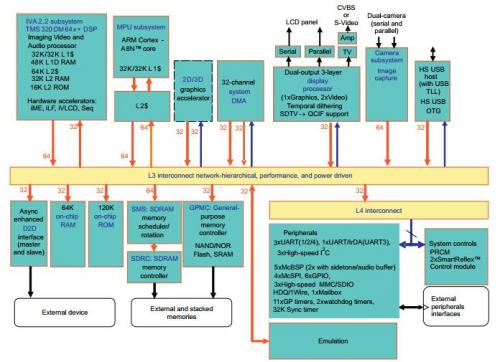
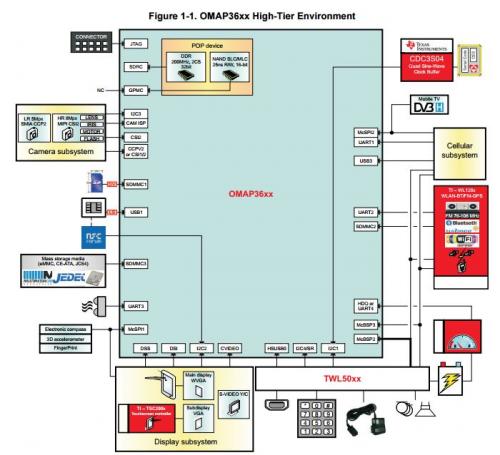
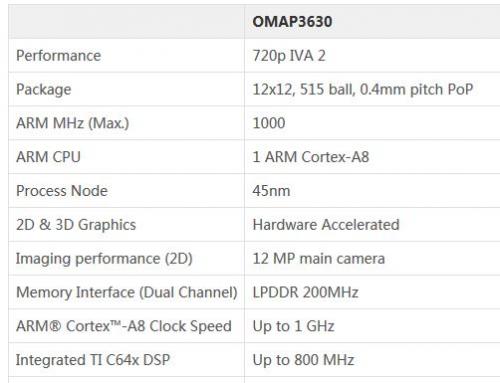



6. Atmel Mega2560 chip
Atmel‘s AVR processor chip is widely used in foreign drones, but it is dominated by Italian semiconductor in China. Its characteristic parameters include:
Core processor: AVR
Kernel Bits: 8-bit
Speed: 16MHz
Connectivity: EBIT/EMI, I2C, SPI, UART/USART
Peripheral devices: undervoltage detection/reset, POR, PWM, WDT
Number of inputs/outputs: 86
Program memory capacity: 256KB (256K x 8)
Program memory type: FLASH
EEPROM size: 4K x 8
RAM capacity: 8K x 8
Voltage power supply (Vcc/Vdd): 4.5 V~5.5 V
Data converter: A/D 16x10b
Oscillator type: internal
Working temperature: -40 ° C~85 ° C
Package/Shell: 100-TQFP, 100-VQFP
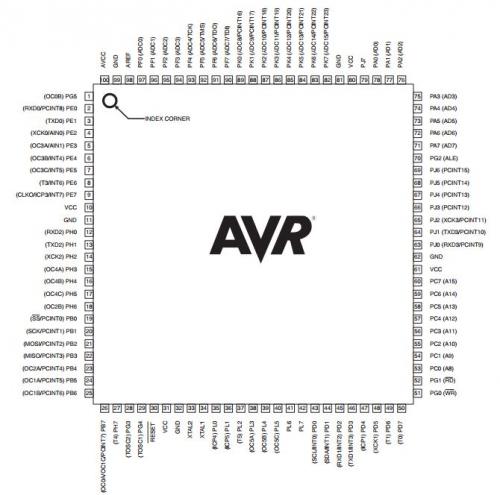
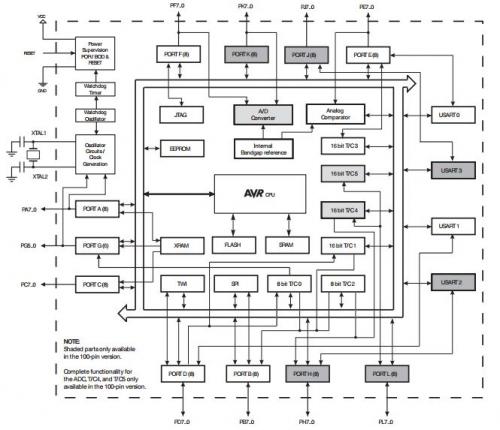

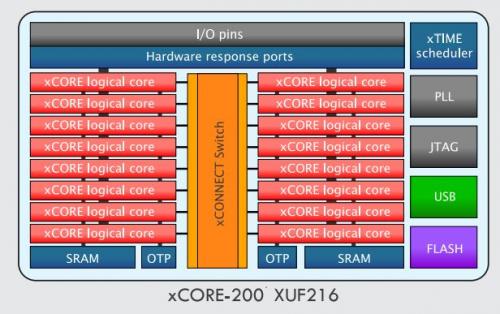



7. XMOS XCORE multi-core microcontroller
A multi axis aircraft requires four to six brushless motors (motors) to drive the rotor of the drone. The motor drive controller is used to control the speed and direction of unmanned aerial vehicles. In principle, one motor needs to be equipped with an 8-bit MCU for control, but there are also solutions for controlling multiple BLDC motors with one MCU.
XMOS, a European processor manufacturer active in the robotics market, has also entered the field of drones. At present, the xCORE multi-core microcontroller series of XMOS has been adopted by some OEM customers of unmanned aerial vehicles/multi axis aircraft. In these systems, XMOS multi-core microcontrollers are used for both flight control and MCU internal communication.

The xCORE multi-core microcontroller has a number of 32-bit RISC cores ranging from 8 to 32, with frequencies up to 500MHz. XCORE devices also come with Hardware Response I/O interfaces, which provide hardware real-time I/O performance with low latency. The multi-core solution supports completely independent execution of system control and communication tasks without incurring any real-time operating system (RTOS) overhead. The real-time hardware performance of the xCORE microcontroller enables customers to achieve precise control algorithms while maintaining no jitter within the system.
8. Xintang MINI 51 Series
Although coming from Taiwan, domestically produced processors have finally emerged.
The Mini51 is a Cortex-M0 32-bit microcontroller series, characterized by a wide voltage operating range of 2.5V to 5.5V and a working temperature of -40 ℃ to 105 ℃, built-in 22.1184 MHz high-precision RC crystal oscillator (± 1% accuracy, 25 ℃ 5V), built-in Data Flash, undervoltage detection, rich peripherals, integration of multiple serial transmission interfaces, high anti-interference ability (8KV ESD/4KV EFT), support for online system update (ISP), online circuit update (ICP), and online application program update (IAP), Provide packaging with TSSOP20, QFN33 (4mm * 4mm and 5mm * 5mm), and LQFP48.
Features
• Core
• Core
-Cortex ®- M0 32-bit microprocessor
-Working frequency up to 24 MHz
-Working voltage: 2.5V to 5.5V
-Working temperature: -40 ℃~105 ℃
• Memory
-16 KB application
-Embedded 2 KB SRAM
-Configurable Data Flash
-Online system update ISP
(In System Programming)
-Online Circuit Update ICP
(In Circuit Programming)
-Online application update IAP
In Application Programming
Analog to Digital Converter (ADC)
-Provide 8 channels
-10 bit resolution
-Up to 250kSPS sampling rate per second
-PWM output can trigger A/D conversion
• Pulse Width Modulation (PWM)
-Up to 6 channels PWM output or 3 channels mutual
Complementary PWM output
-PWM time and cycle can trigger A/D conversion
• Connectivity
-A set of SPI (up to 24 MHz)
-Group I ² C (up to 400 kHz)
-A set of UART
Clock control
-External crystal oscillator 4 to 24MHz
-Built in 22.1184 MHz high-precision RC crystal oscillator at room temperature
± 1% error at 5V
|
Disclaimer: This article is transferred from other platforms and does not represent the views and positions of this site. If there is any infringement or objection, please contact us to delete it. thank you! |











